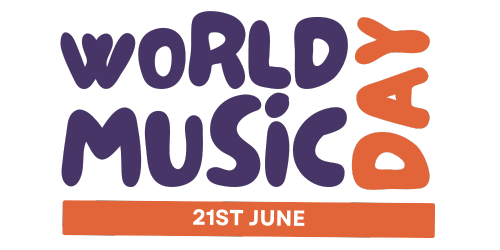Integrating music into the primary/elementary curriculum is an effective way to enhance learning and development across various subjects. Music not only enriches the school experience but also supports cognitive development, boosts creativity, and fosters a sense of community among students. Here’s a guide for primary/elementary teachers on how to weave music into their daily teaching practices, making the most of its educational benefits.
Understanding the Value of Music Integration
1. Enhances Learning Across Subjects: Research shows that music can improve memory, attention, and language skills, making it a powerful tool for reinforcing concepts taught in other subjects.
2. Supports Emotional and Social Development: Music activities promote empathy, teamwork, and communication among students, essential skills for their overall development.
3. Fosters Creativity and Expression: Through music, students can express themselves creatively and explore their emotions in a supportive environment.
Strategies for Integration
4. Start with Simple Songs: Incorporate simple, catchy songs into your daily routine to teach academic content. Songs related to math, science, history, and language arts can make learning more memorable and enjoyable.
5. Use Music for Classroom Management: Employ musical cues for transitions, starting or ending the day, and managing classroom behavior. A specific song can signal it’s time to clean up, line up, or quiet down, helping students follow routines more smoothly.
6. Create Cross-Curricular Projects: Design projects that combine music with other subjects. For instance, students can write and perform a song about a historical event or create musical instruments as part of a science project on sound.
Practical Tips for Non-Specialists
7. Leverage Online Resources: Utilize websites and apps that offer educational music videos, interactive games, and lesson plans. These resources can provide valuable support for teachers without a formal background in music.
8. Incorporate Movement and Dance: Encourage students to express the music physically through movement and dance. This approach can help kinesthetic learners grasp musical concepts and enhance the overall energy of your classroom.
9. Invite Guest Musicians and Attend Performances: Collaborate with local musicians or music educators who can visit your classroom and share their expertise. Whenever possible, arrange for your class to attend musical performances, fostering a deeper appreciation for music.
10. Encourage Musical Exploration: Set up a music exploration corner in your classroom with a variety of simple instruments. Allow students time to experiment with these instruments, individually or in small groups, to explore different sounds and rhythms.
Assessing Musical Learning
11. Informal Assessment Techniques: Use informal observation and participation in music activities as a basis for assessing students’ engagement and understanding. Discussions, journals, and creative projects can also provide insights into their learning progress.
12. Celebrate Progress and Participation: Recognize and celebrate students’ musical achievements and participation, regardless of skill level. Positive reinforcement can boost confidence and encourage continued interest in music.
Building a Supportive Community
13. Engage Parents and Caregivers: Share the benefits of music integration with parents and caregivers. Encourage them to continue musical exploration at home by listening to various genres of music or engaging in family sing-alongs.
14. Foster a School-Wide Culture of Music: Advocate for the integration of music across all classrooms and grade levels. Collaborating with colleagues can lead to school-wide music initiatives and events, such as assemblies, concerts, and musicals, that build a strong, interconnected community.
Conclusion
Integrating music into the primary/elementary curriculum offers a dynamic and engaging way to enhance student learning, development, and well-being. By incorporating music regularly, teachers can create a more vibrant, inclusive, and effective learning environment that prepares students for a lifetime of appreciation for the arts.
